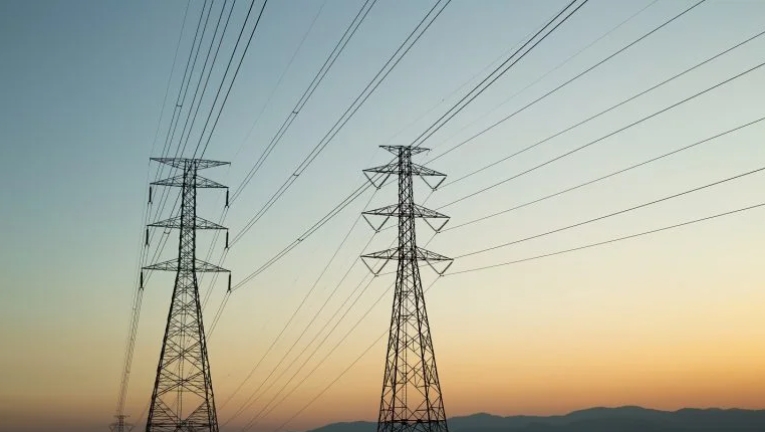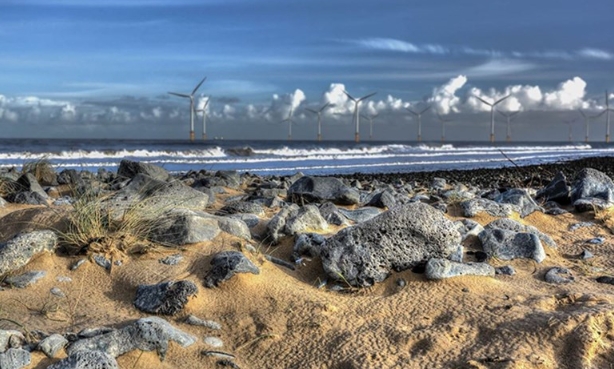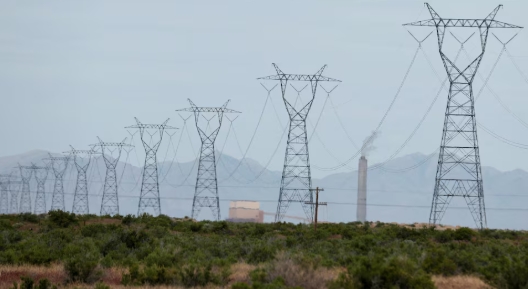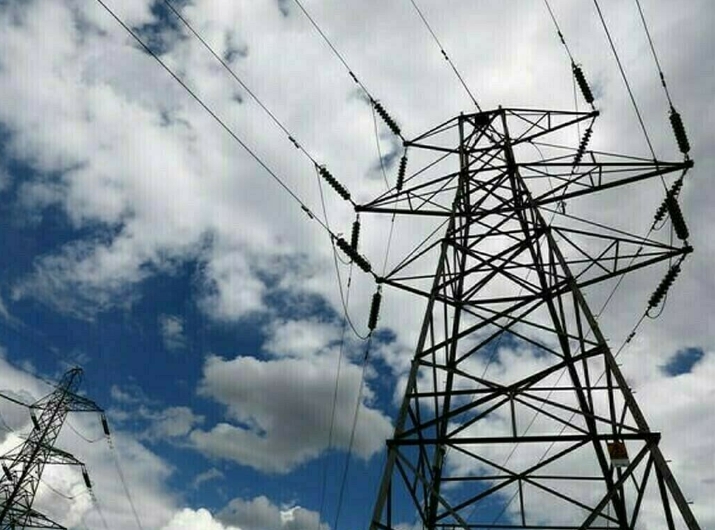The spill is reportedly the result of an error at a port on San Cristobal Island. An accident saw a crane collapse as it was loading a barge with a container carrying an electric generator. The falling container rocked the vessel, causing it to submerge along with the crane and electrical generator. One person was injured in the incident.
Authorities have declared a state of emergency in an effort to contain the spill. According to Ecuador officials, the situation is "under control" and "a series of actions have been deployed to mitigate the possible effects," the AFP reports.
The Emergency Operations Committee (COE) is working to limit the risk to the environment. Meanwhile, members of the official nature reserve authority and Ecuadorian Navy are working with the Galapagos National Park (GNP) to limit the damage to the natural environment.
"It's horrific that a toxic oil spill was allowed to happen in one of the planet's great ecological treasures," Kristen Monsell, an attorney at the Center for Biological Diversity, told Newsweek. "Oil lingers in coastal ecosystems for years, killing wildlife and disrupting food chains, and it's impossible to clean it all up."
A similar event took place in 2001. The spill was dubbed (at the time) "one of Galapagos' worst disasters" by Ecuador's environment ministry, the Guardian reported. Around 243,000 gallons of diesel fuel was originally released into the water after a tanker ran aground on San Cristobal Island.
While it was relatively minor by most oil spill standards, it did have a damaging effect on a nearby island's marine iguanas. In a study reported on by New Scientist in 2002, 62 percent of iguanas living on Santa Fe Island had died over the course of the preceding year—significantly higher than the 2 to 7 percent that was typically reported.
The barge involved in the latest incident has sunk before. According to the AFP, a weight imbalance had caused the ship to sink once before in February 2018, in Ecuador.
"Strong safeguards and rigorous enforcement are needed to prevent this from ever happening again. If we can't protect a biodiversity hotspot like the Galapagos Islands from this kind of pollution, nowhere is safe," said Monsell. "There's a dark symbolism to this Galapagos spill, which comes as fossil fuel pollution creates a climate crisis that will snuff out countless species around the globe."
The Galapagos (nicknamed the "enchanted isles") is a UNESCO World Heritage Site, famous for their unusually high levels of biodiversity—and for inspiring Charles Darwin's theory of evolution by natural selection in the 19th century. The archipelago sits in the Pacific Ocean, roughly 1,000 kilometers from the Ecuador coast.clean-up mission is in full swing after a 600-gallon oil spill left parts of the Galapagos Islands covered in diesel fuel on Sunday.
The spill is reportedly the result of an error at a port on San Cristobal Island. An accident saw a crane collapse as it was loading a barge with a container carrying an electric generator. The falling container rocked the vessel, causing it to submerge along with the crane and electrical generator. One person was injured in the incident.
Authorities have declared a state of emergency in an effort to contain the spill. According to Ecuador officials, the situation is "under control" and "a series of actions have been deployed to mitigate the possible effects," the AFP reports.
The Emergency Operations Committee (COE) is working to limit the risk to the environment. Meanwhile, members of the official nature reserve authority and Ecuadorian Navy are working with the Galapagos National Park (GNP) to limit the damage to the natural environment.
"It's horrific that a toxic oil spill was allowed to happen in one of the planet's great ecological treasures," Kristen Monsell, an attorney at the Center for Biological Diversity, told Newsweek. "Oil lingers in coastal ecosystems for years, killing wildlife and disrupting food chains, and it's impossible to clean it all up."
A similar event took place in 2001. The spill was dubbed (at the time) "one of Galapagos' worst disasters" by Ecuador's environment ministry, the Guardian reported. Around 243,000 gallons of diesel fuel was originally released into the water after a tanker ran aground on San Cristobal Island.
While it was relatively minor by most oil spill standards, it did have a damaging effect on a nearby island's marine iguanas. In a study reported on by New Scientist in 2002, 62 percent of iguanas living on Santa Fe Island had died over the course of the preceding year—significantly higher than the 2 to 7 percent that was typically reported.
The barge involved in the latest incident has sunk before. According to the AFP, a weight imbalance had caused the ship to sink once before in February 2018, in Ecuador.
"Strong safeguards and rigorous enforcement are needed to prevent this from ever happening again. If we can't protect a biodiversity hotspot like the Galapagos Islands from this kind of pollution, nowhere is safe," said Monsell. "There's a dark symbolism to this Galapagos spill, which comes as fossil fuel pollution creates a climate crisis that will snuff out countless species around the globe."
The Galapagos (nicknamed the "enchanted isles") is a UNESCO World Heritage Site, famous for their unusually high levels of biodiversity—and for inspiring Charles Darwin's theory of evolution by natural selection in the 19th century. The archipelago sits in the Pacific Ocean, roughly 1,000 kilometers from the Ecuador coast.







